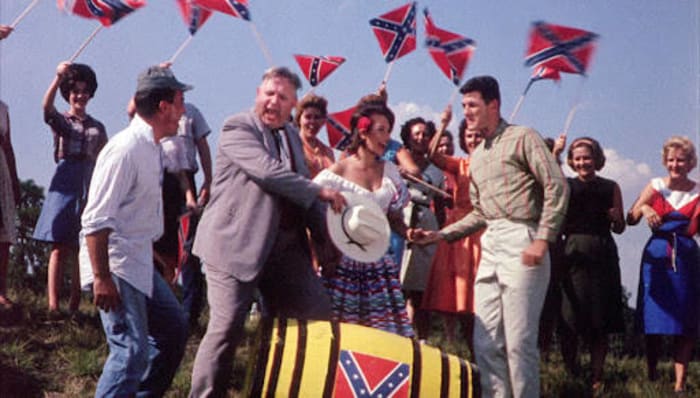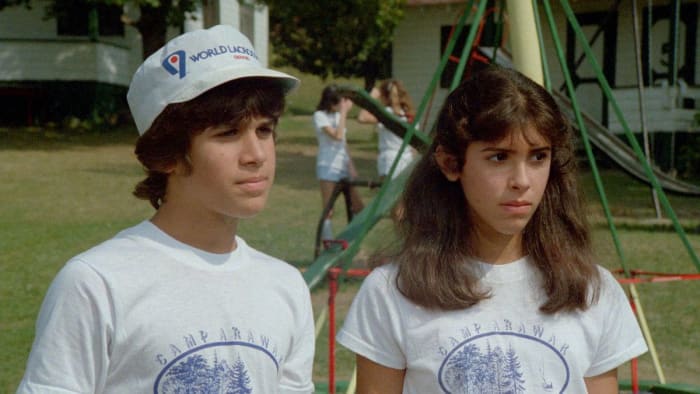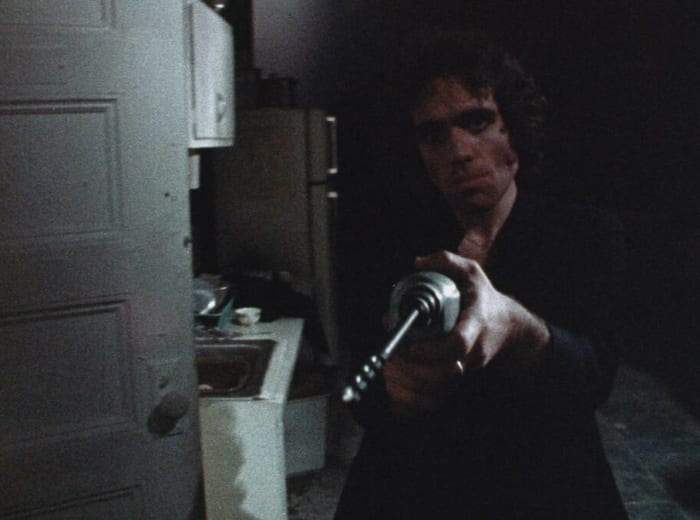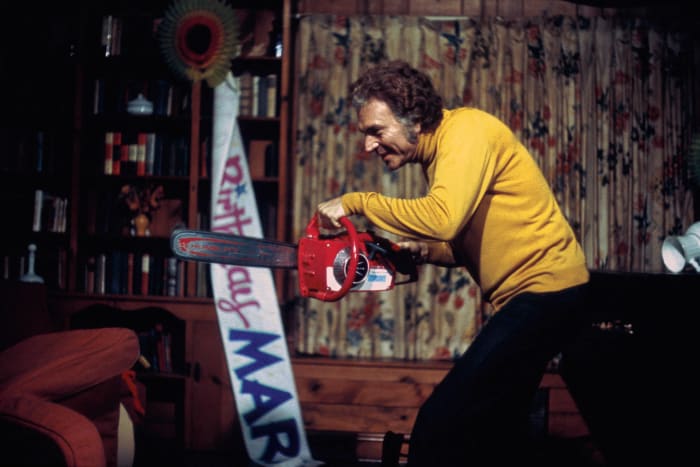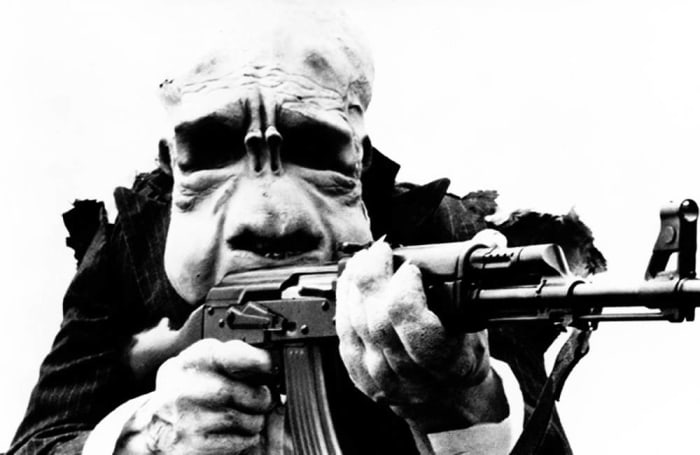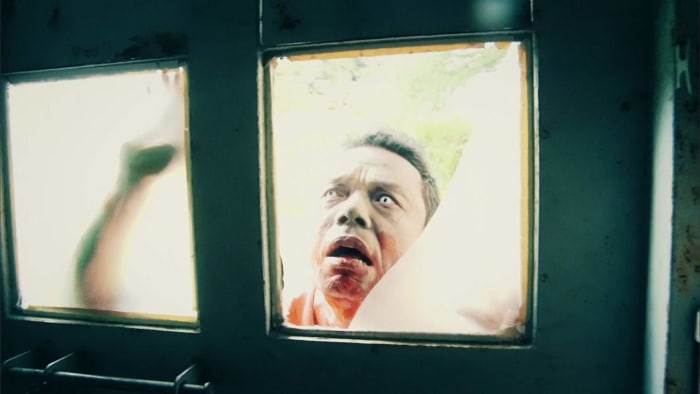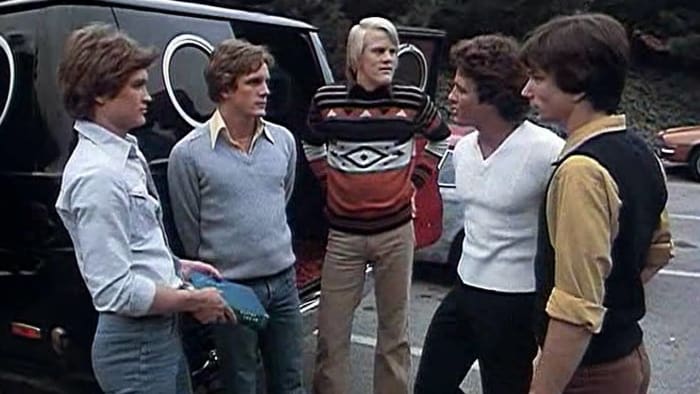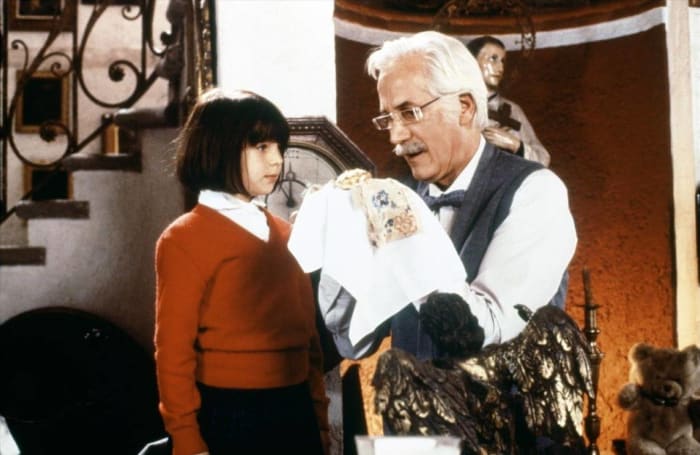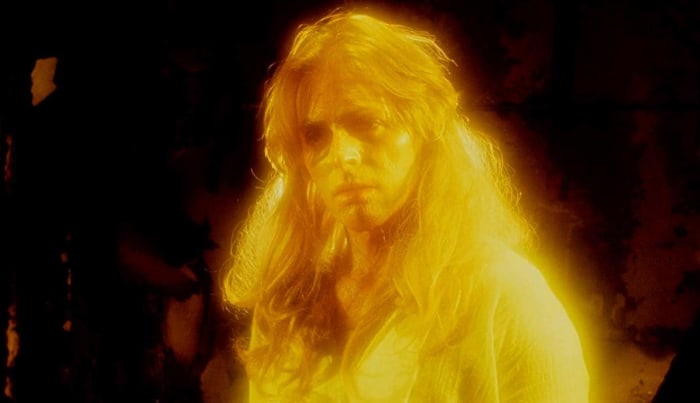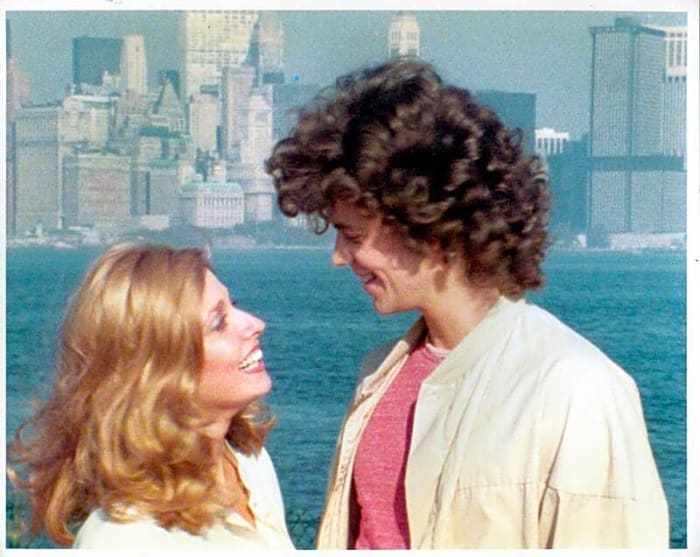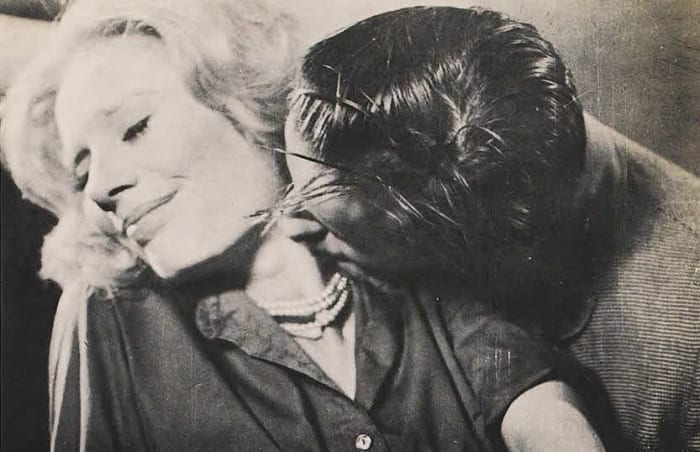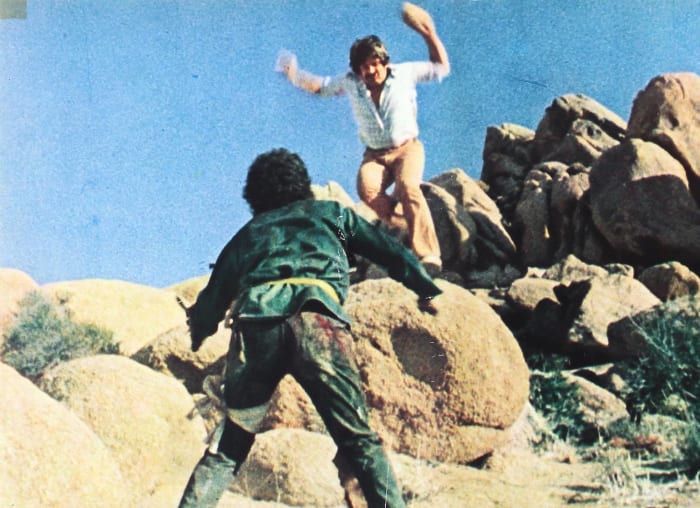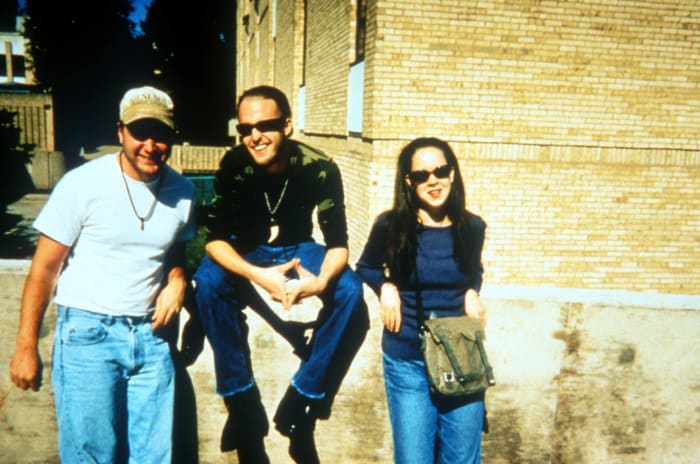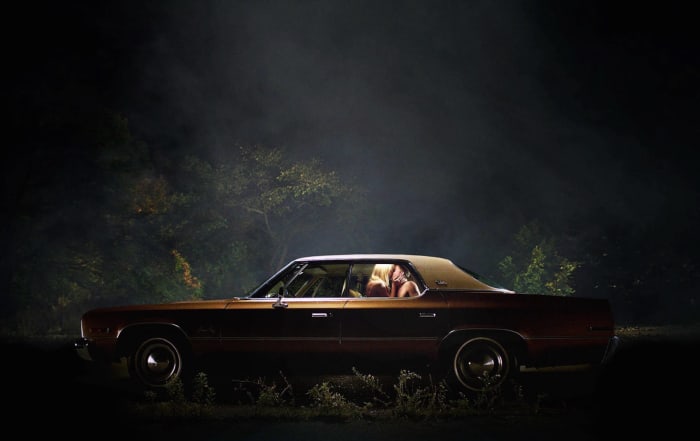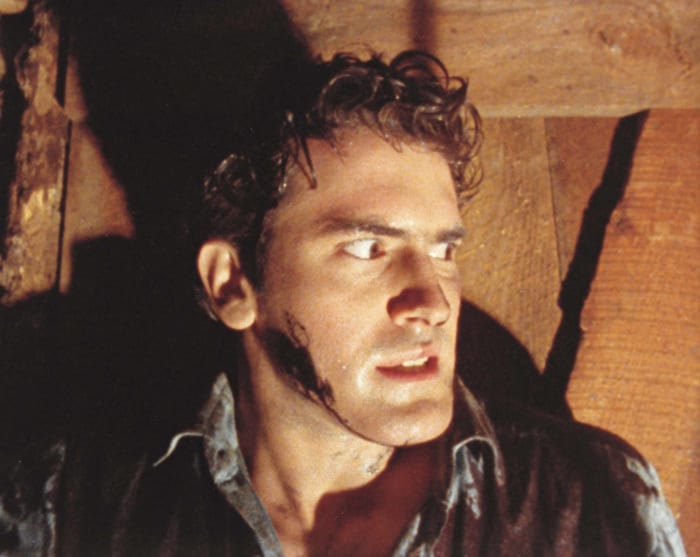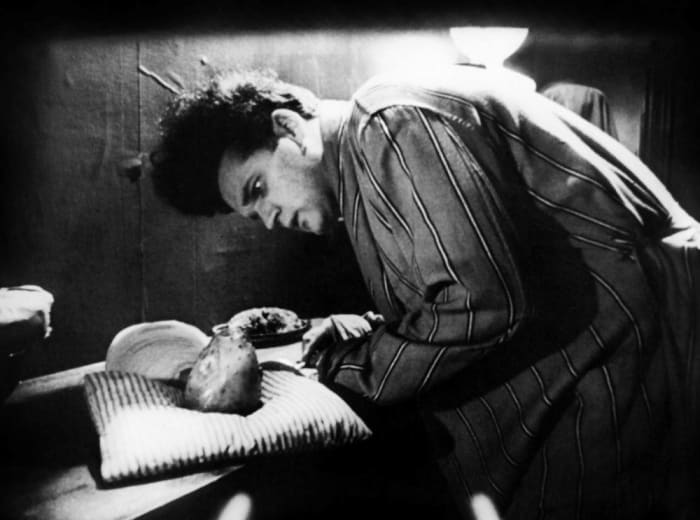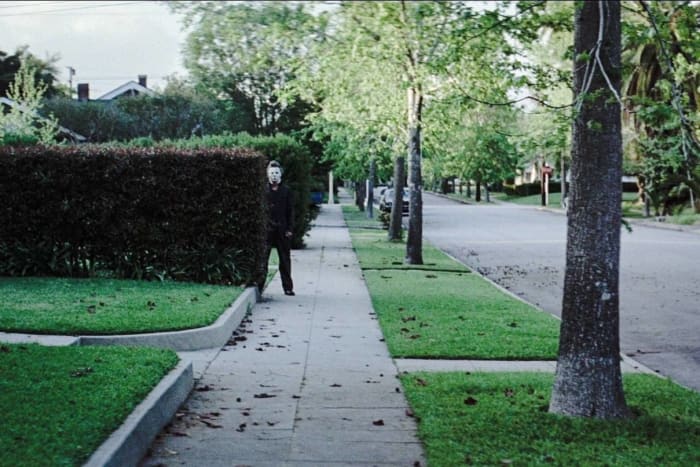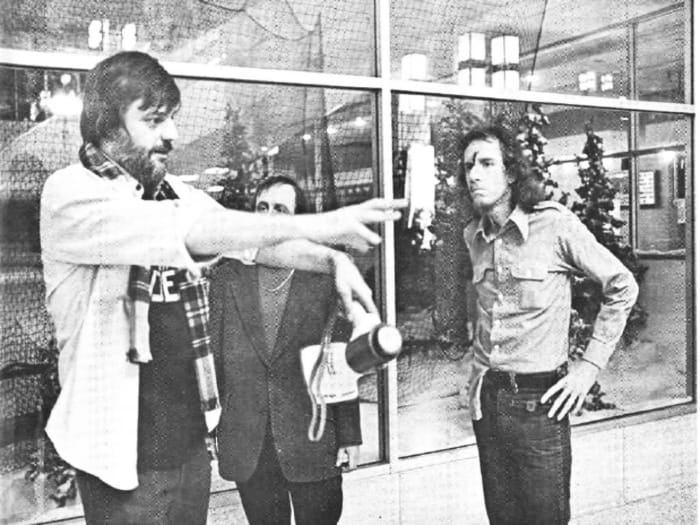x

Criterion
The 25 greatest indie horror films
Horror has always been the most disrespected of movie genres. On one hand, it has the most potential to explore disturbing notions about human nature; on the other, it's a great big sandbox in which envelope-shredding exploitation filmmakers get to make a hideous mess. This means talented and/or shameless directors are often forced to cobble together financing to put their blood-curdling nightmares before cameras. With that in mind, here are the twenty-five scrappiest/nastiest/scariest indie horror films ever made.
More must-reads:
- 20 actors who looked exactly like the real-life people they portrayed
- 20 times actors cleverly referenced one of their more famous roles in another film
- 20 fantastic films we never want to watch a second time
- 20 performances by A-list actors that ruined an entire film
- 20 actors who had more than one role in the same film
Breaking News
Trending in Entertainment
Customize Your Newsletter
 +
+
Get the latest news and rumors, customized to your favorite sports and teams. Emailed daily. Always free!
